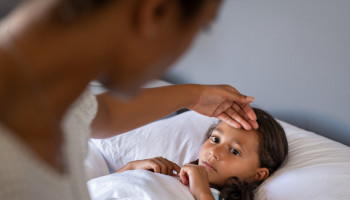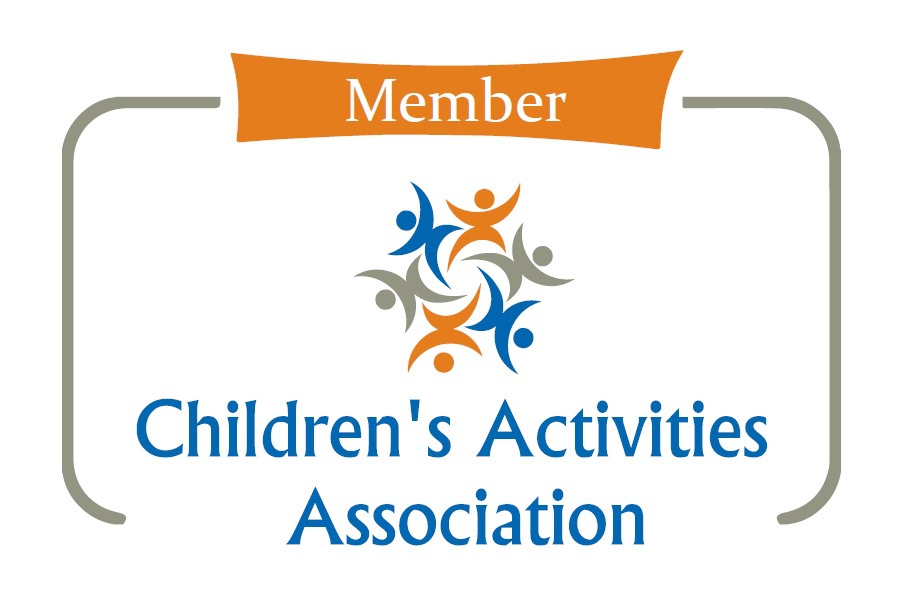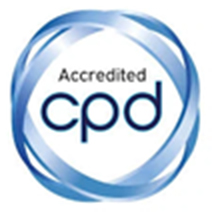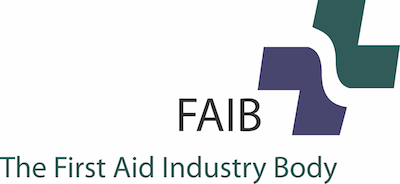Summer seems to have finally made an appearance, and with the arrival of warm, sunny days we’re definitely enjoying being outdoors more here at Mini First Aid. While we love the opportunity to get outside with our little ones, it does also mean that the likelihood of insect bites and stings increases. Although the experience is a horrible one, especially for small children, it’s not usually too serious.
Recognising allergies
However, if the person is has an allergic reaction, the situation could change drastically. An allergy may trigger anaphylaxis which is a severe and life-threatening condition.
What is Anaphylaxis?
The body’s immune system reacts to any substance it perceives as a threat. It produces an antibody called Immunoglobulin which sticks to the substance. This causes the body to produce several chemicals including histamine. Histamine dilates the capillaries in the skin which result in an itchy rash, swelling and flushing of the skin, the resultant drop in blood pressure can leaves the casualty dizzy, light headed and near collapse.
If you see any of the following symptoms then call 999 immediately, and say 'anaphylaxis' or 'breathing difficulties' to the call handler.
The symptoms of anaphylaxis include:
- Wheezing.
- Breathing difficulties, such as fast, shallow breathing.
- Swelling to the face, mouth, or throat.
- Itchy, raised hives.
- Vomiting or feeling sick.
- Dizziness or feeling faint.
- Difficulty swallowing.
- A fast heartbeat.
- Collapsing or loss of consciousness.
Treating an insect bite or sting
- Remove the sting if it is still in the skin.
- Wash the area with soap and water.
- Apply a cold compress, such as an ice pack or a flannel cooled with cold water, to any swelling for ten minutes.
- Raise or elevate the affected area to help reduce swelling.
- Avoid scratching the area - it may help to keep fingernails short and clean if a child has a been bitten or stung.
- Avoid home remedies, such as vinegar, as they are unlikely to help.
Removing a sting
If the sting has been left behind in a child’s skin, it should be removed as soon as possible to prevent anymore venom being released. Scrape it out sideways with something with a hard edge, like a bank card, or your fingernail if you don’t have anything to hand. Don’t pinch the sting with tweezers or your fingers as this will spread the venom.
Relieving the symptoms of an insect bite or sting
The pain and itchiness from an insect bite or sting may last a few days, but there are treatments available from the pharmacy which may help:
- Children’s paracetamol or ibuprofen can be given for pain and discomfort.
- The pharmacist can recommend treatments for itching such as, hydrocortisone cream, crotamiton cream or antihistamine medication.
Enjoy those sunny days while they last!
Rachael and the Mini First Aid Norfolk team x









